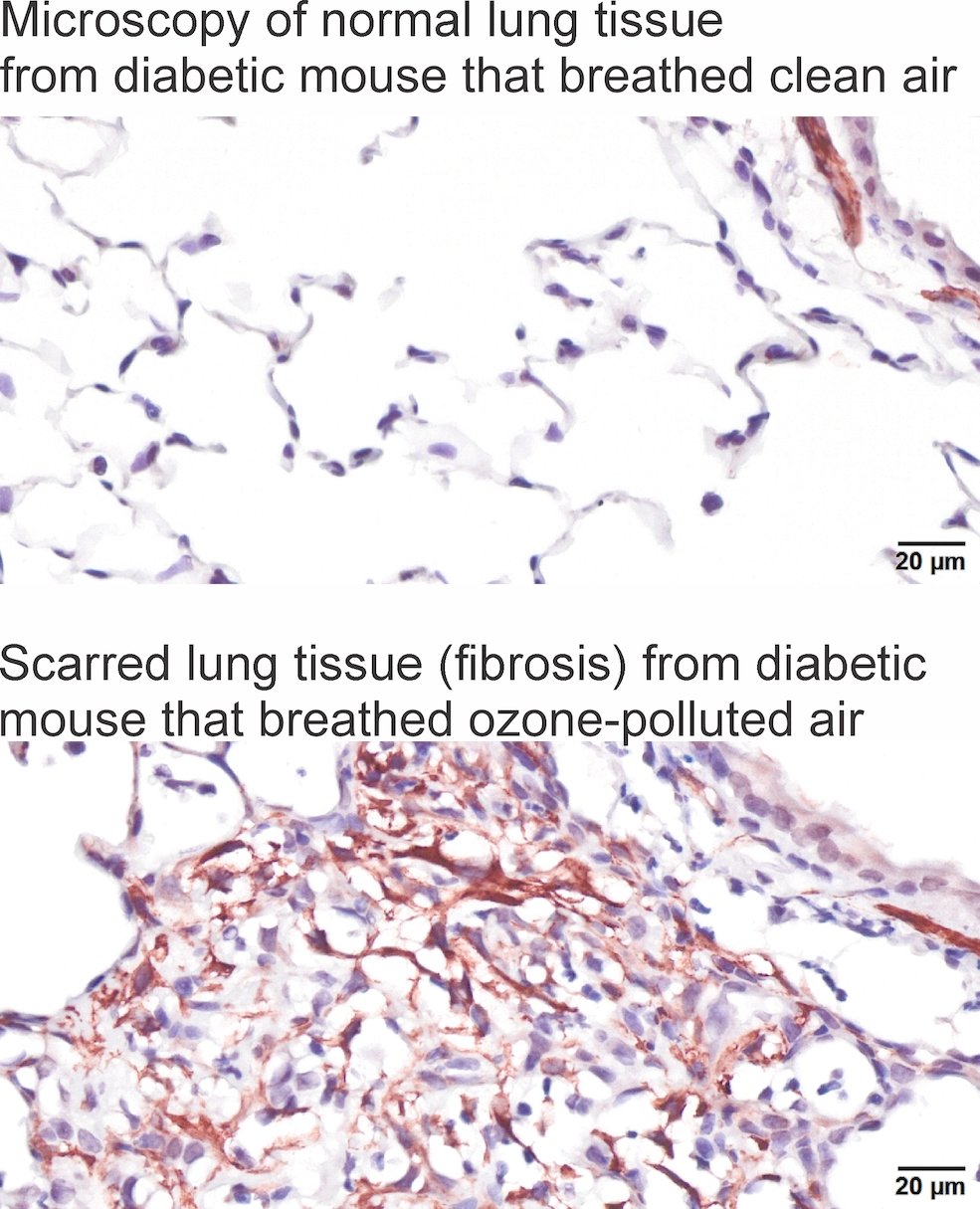News reporting’s mission should be to provide the scoop, the whole scoop, and nothing but the scoop. The whole idea is to keep the conversation real.
It’s the same story regarding air-quality reporting. The material to be disseminated should be as real as the reporting is complete. My mantra is meet both objectives and do so with presentation delivery staying as concise as possible.
Not all air-quality news reporting created equally
In my reporting I make it my mission to bring you accurate, relevant and relatable info. all of it having an air-quality connection. In reality, though, each air-quality news-reporting source is different – some are reputable, others not so much. As a consequence, then, it falls on our shoulders when we read or listen to said news reports to determine what is reputable and what is not. We can, furthermore, conduct outside research and independent investigation that could help us to better make such a determination.
A mixed (air) bag
Ever watch a news report and come away feeling you wished there was more to the story? You’re not alone; I frequently feel the same.
Not long ago, I was watching a report about airline pilot shortages contributing to both delays and cancelled flights at many of America’s airports. In the first report I saw on this, there was no explanation given of why that was. However, on a different broadcast, explained was that the issue in part had to do with hours-of-service rules that needed to be adhered to, retirements and not enough trained personnel were available necessary to meet the need.
After watching the first news report, that is, prior to my having seen the second, I was left to my own devices to try to fill in the blanks. I more or less concluded the same: retirements, lack of trained pilots, hours-of-service restrictions.
The best example I can give pertaining to air-quality coverage in broadcast news reports and typically presented during the weather-forecasting segment, and one that has much to be desired in my opinion, is your run-of-the-mill “air quality will be in the moderate range” mention.
A better way of conveying the information might be to not only state what the condition of the air is but to put it in context as would be the case in providing audibly, visually or both, the respective Air Quality Index. For people who have chronic health conditions or for young children whose lungs are not yet fully developed, having that extra bit of added information, this could indeed prove more helpful in terms of how air in that category assigned a particular AQI number might affect them. They may decide they want to limit their time, exercise or play outdoors, or just avoid going outside altogether.
That’s just one aspect. There are also situations where the information being imparted could or should be called into question or, worst-case scenario, is just plain wrong.
Here’s one.
Anyone who asserts that air pollution cannot be or is not a contributing factor in human mortality just doesn’t have a good understanding of that so-called “cause and effect.”
This, from op-ed writer Lois Henry, was published in the Bakersfield Californian newspaper.*
In it Henry argued, “No, our air isn’t killing us.”
She went on to contend, “I’ve written about the problem of using unverified studies to gin up regulations for years as that’s the standard MO [modus operandi] of the California Air Resources Board (CARB).”
And, she added, “Problem is no one knows for sure. And, there’s a lot of evidence no one is dying at all, but you can’t check.”
The familiar expression, “You can’t make this stuff up,” immediately comes to mind. Question is: Did she?
Getting it (the scoop) right
People appreciate honesty in reporting; I know I do. Good reporting is more than worth its weight in gold.
That said, I hope that in my bringing this information front and center, it leads to improved air-quality reporting as well as to news reporting in general, if not at the same time reminding people to do what they can to make a positive difference no matter the course in life they’ve chosen. I think that covers it.
* “Unchecked science no basis for onerous air rules.” For more insights, see: “Asserting deadly air as non-deadly is to, flat out, be ignorant of the facts,” an Oct. 17, 2017 Air Quality Matters blog post.
In an earlier version the sentence “They may decide they want to limit their time, exercise or play outdoors, or just avoid going inside altogether,” appeared. This sentence is now correct.
– Alan Kandel
Copyrighted material.
This post was last revised on Oct. 12, 2022 at 8:15 a.m. Pacific Daylight Time.

Lois Henry lives in Bakersfield and made op-ed comments that just makes you shake your head in disbelief. Well, she has her opinions and I chose to ignore them because they are dangerous.